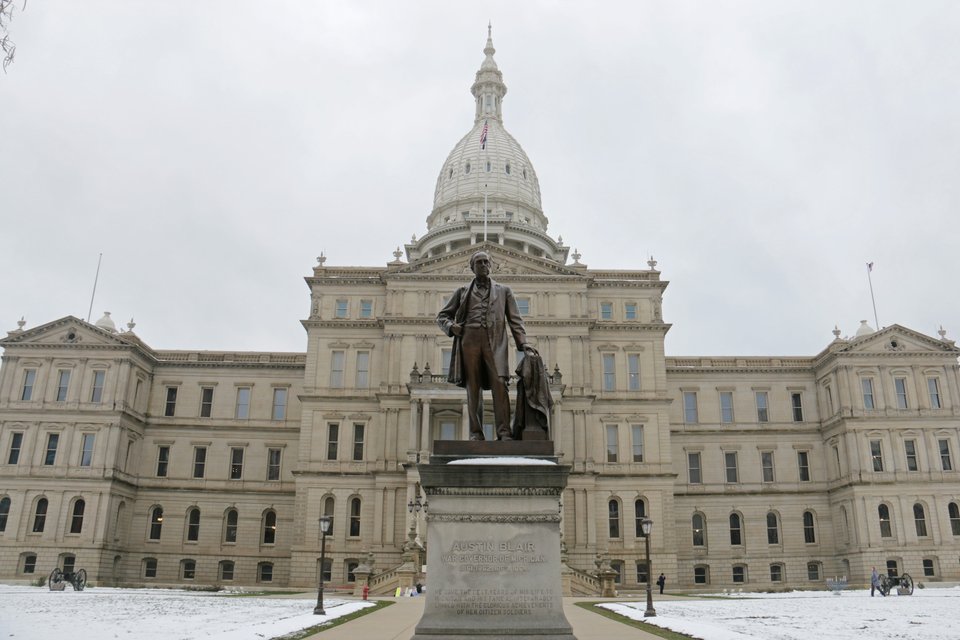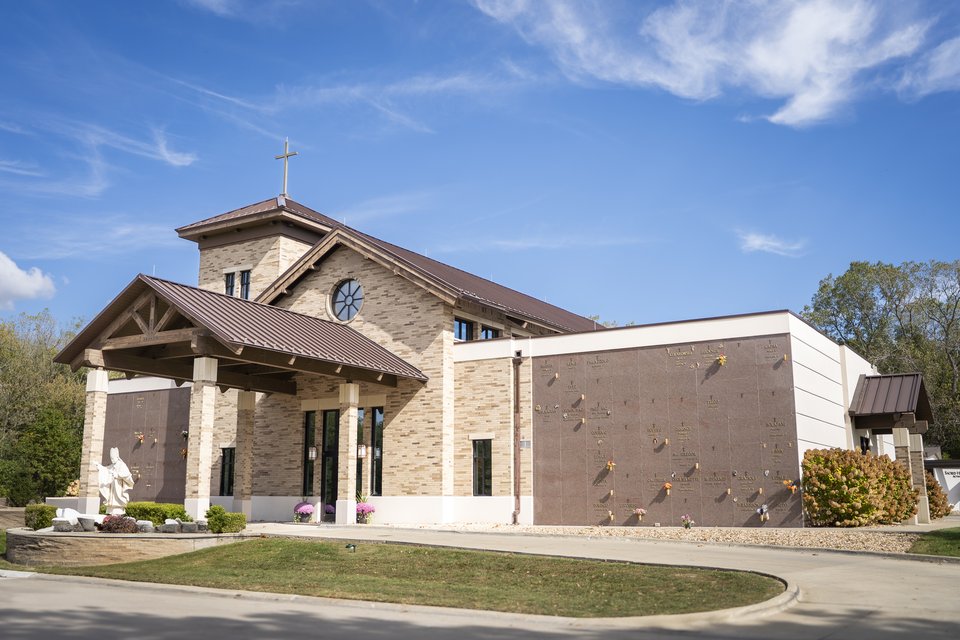 Luca Giordano’s 17th century painting “Crucifixion of Peter” depicts the leader of the apostles’ death in Rome around 67 or 68 AD. Given the clues surrounding Peter’s cryptic mention of “Babylon” in his first epistle, it is likely the ancient city was a code for the empire’s capital. Wikimedia Commons
Luca Giordano’s 17th century painting “Crucifixion of Peter” depicts the leader of the apostles’ death in Rome around 67 or 68 AD. Given the clues surrounding Peter’s cryptic mention of “Babylon” in his first epistle, it is likely the ancient city was a code for the empire’s capital. Wikimedia CommonsIf you’ve seen the old movie “Midway,” you’re probably familiar with codes and ciphers. All of the armed forces in World War II communicated using codes for secrecy. Early in the war, the United States was able to crack the Japanese code (or at least part of it). One important communication that was decoded was the location of Japan’s next target after Pearl Harbor. The location was AF. The trick was trying to figure out the location of this mysterious AF. Spoiler alert! It was Midway island, a key island in the Pacific.
The New Testament occasionally uses cryptic references as well. The earliest Christians were experiencing persecution, and naming individuals and locations in their writings could spell disaster. One such cryptic reference is found at the very end of the first letter of Peter. The epistle closes saying: “She who is at Babylon, who is likewise chosen, sends you greetings; and so does my son Mark” (1 Peter 5:13).
As you can see, this verse isn’t very clear. Who is the woman who sends greetings? Was Peter in Babylon? Let’s see if we can fill in the blanks.
First, who is the woman? One possibility could be Peter’s wife. We know Peter was married because Jesus cured his mother-in-law (Matthew 8:14, Mark 8:14, and Luke 4:38). And it wouldn’t be strange at all for his wife to accompany him on his travels (1 Corinthians 9:5). The trouble with this identification is that Peter doesn’t name her even though he names Silvanus in the previous verse and Mark in the same verse. Why not name her and avoid being so cryptic?
Most commentators believe that “she” refers to “the Church” (Greek, ekklesia). The Greek word for “church” is a feminine noun, so it is proper to refer to the Church as “she.” John does something similar in 1 John 1. Therefore, Peter is sending greetings on behalf of the Church in Rome.
Rome? Wait a second! Doesn’t the verse say Babylon? It does, but here’s the problem: The actual city of Babylon in Mesopotamia was at this time in ruins, and it is highly unlikely that Peter would have traveled there, much less a thriving Christian community exist there. The same is true for another city of Babylon located in the Nile delta.
Instead, the most likely place is the imperial capital Rome. Here are four clues as to why:
- First, the early Church fathers are unanimous that Peter died in Rome sometime around AD 67 or 68. There’s no mention of him traveling way out to Babylon.
- Second, the Romans were very much like Babylonians in that they both were idolatrous and immoral. Moreover, the Romans (like the Babylonians before them) had taken over Judea and would eventually destroy the Jerusalem Temple, just as the Babylonians did. In fact, the Temple was destroyed on Aug. 10, AD 70 (or the 9th of Av according to the Jewish calendar), the very same day the king of Babylon burned the Jerusalem Temple back in 586 B.C.!
- The third clue is that the early Church frequently connected “Babylon” with Rome. The book of Revelation, for example, does so on a number of occasions (Revelation 14:8; 16:19; 17:5, 18:2, etc.). The same is true in extra-biblical Christians writings. For example, the Sibylline Oracles state: “then shall come a great star from heaven into the divine sea, and shall burn up the deep sea and Babylon itself, and the land of Italy on whose account many faithful saints of the Hebrews have perished, and the true people” (5.159-160) (Emphasis mine). Note that it doesn’t say that “Babylon and the land of Mesopotamia” would be punished, but Babylon and “the land of Italy.”
- Finally, there is the mention of Mark. In Colossians 4:10, Paul writes that Aristarchus and Mark send greetings. Aristarchus traveled with Paul all the way to Rome (Acts 27:2). This places Mark in Rome sometime in the 60s, which would fit with Peter’s presence in Rome. When all four clues are put together, we have good reason to connect Babylon, in First Peter, with Rome. Like the code-breakers during World War II, we’ve identified our biblical AF.
Gary Michuta is an apologist, author and speaker and a member of St. Michael the Archangel Parish in Livonia. Visit his website at www.handsonapologetics.com.









